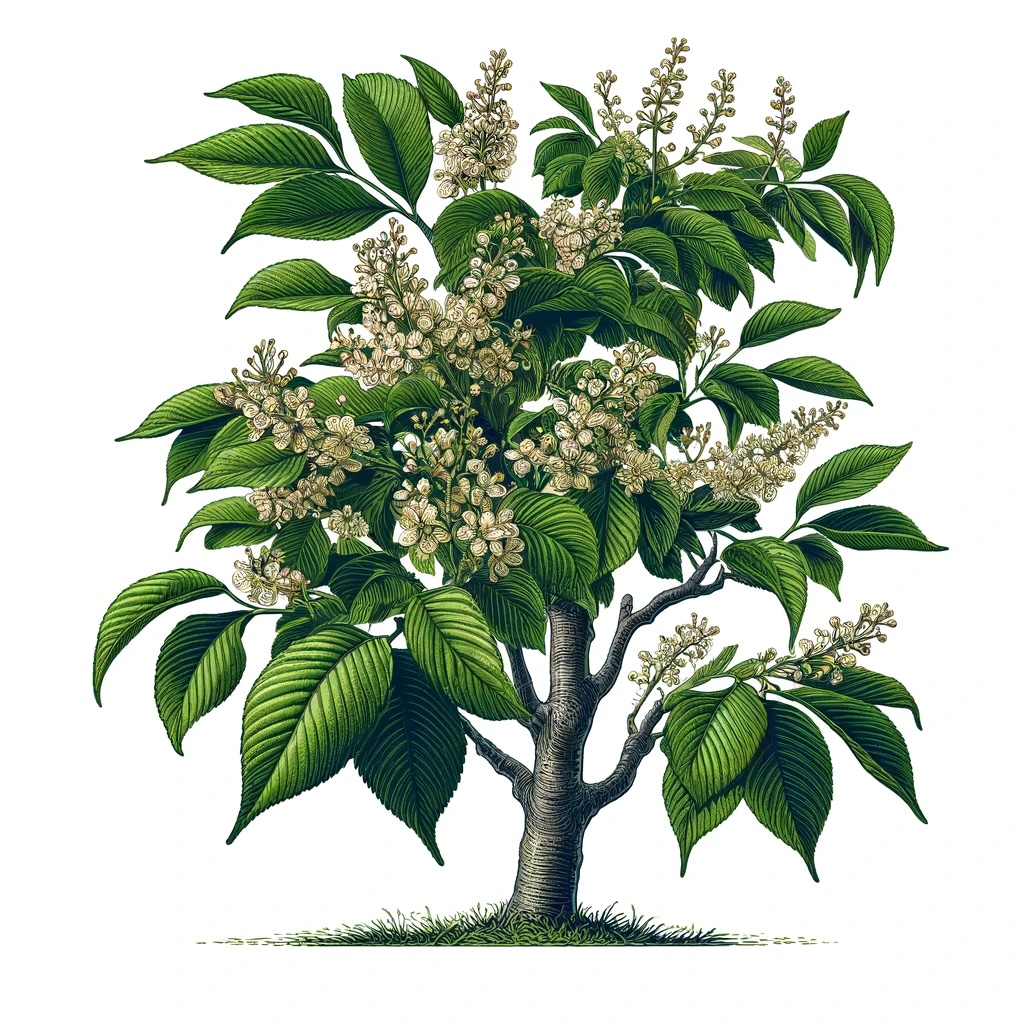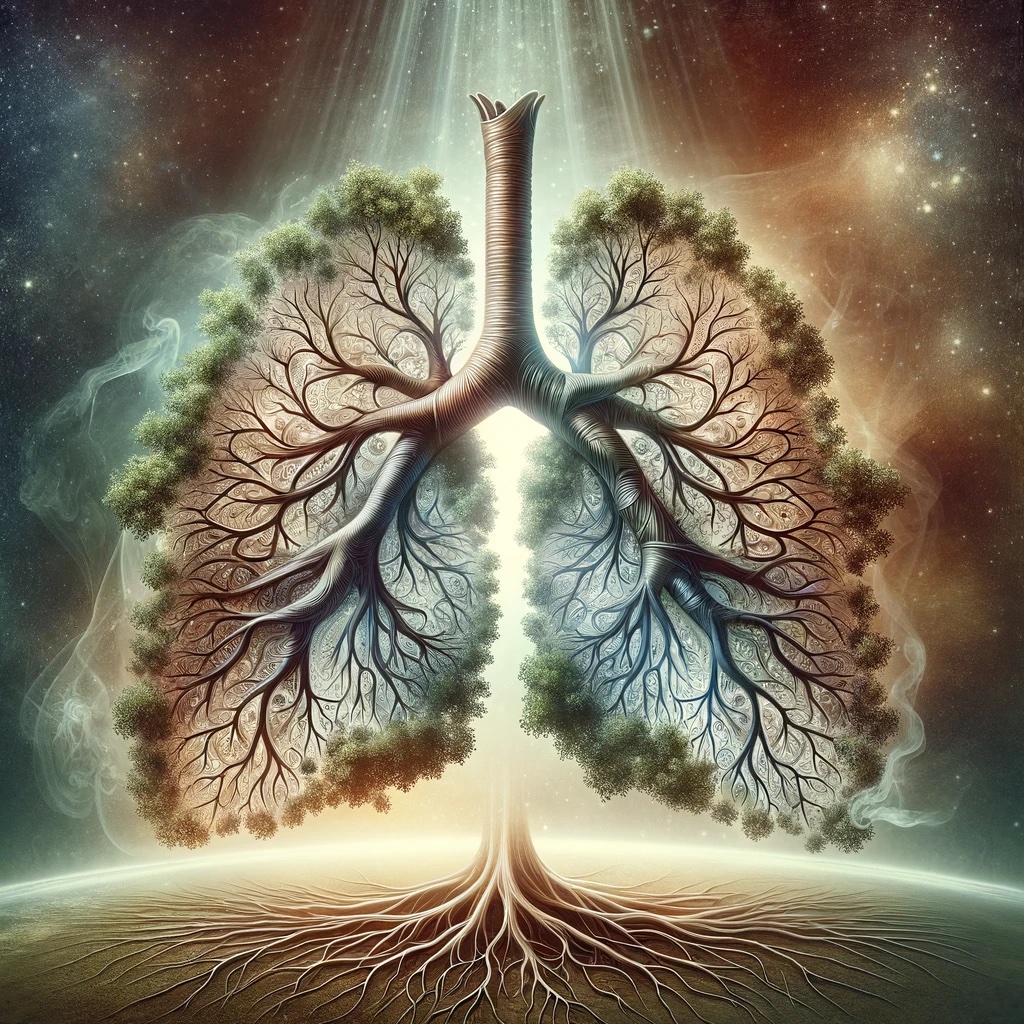This website contains affiliate links for products I use and love. If you take action (i.e. subscribe, make a purchase) after clicking a link, I may earn some tea money, which I promise to drink while creating more helpful content like this.
Unlock the Secrets of Your Respiratory System

Welcome to a deeper understanding of your respiratory system—the vital network that powers every breath you take. At Herbal Ella, we believe that knowing how your body works is the first step towards living a healthier, fuller life. Join us as we explore the complexities of the lungs and airways, made simple just for you.
Anatomy of the Respiratory System
Understanding the detailed structure of the respiratory system is crucial to appreciating how our body processes the very air we breathe. This section covers the primary components and the supporting tissues that play essential roles in respiratory function.
Major Components
Section 1: Anatomy of the Respiratory SystemMajor Components
Understanding the detailed structure of the respiratory system is crucial to appreciating how our body processes the very air we breathe. This section covers the primary components and the supporting tissues that play essential roles in respiratory function.
- Nose: The primary entry point for air. The nose warms, humidifies, and filters air through the nasal passages before it enters the lungs.
- Trachea: Also known as the windpipe, the trachea filters further and directs the air into the bronchi, which then leads directly into the lungs.
- Lungs: These are the major organs of the respiratory system, where the exchange of oxygen and carbon dioxide occurs. Each lung is divided into lobes; the right lung has three lobes, and the left has two.
- Alveoli: Tiny air sacs within the lungs where gas exchange occurs. Each alveolus is surrounded by a network of capillaries where oxygen enters the blood and carbon dioxide is removed.
Supporting Structures and Tissues
- Diaphragm: A dome-shaped muscle that plays a critical role in breathing. When you inhale, the diaphragm contracts and flattens, allowing the lungs to expand and fill with air.
- Rib Cage: Composed of ribs, sternum, and spine, the rib cage protects the lungs and creates a rigid wall that the lungs expand against during inhalation.
- Pleura: A double-layered membrane that surrounds each lung and lines the rib cage, creating a smooth, frictionless surface that assists in lung movement during breathing.
These components and supporting structures work in harmony to ensure the respiratory system functions efficiently. Understanding their roles and interconnections provides a foundational knowledge that is essential for further exploring how to maintain and improve respiratory health.
Functions of the Respiratory System
The respiratory system plays a crucial role in keeping us alive and well by facilitating breathing and gas exchange. This section will explain how the respiratory system functions, particularly focusing on the mechanics of breathing and the exchange of gases in the lungs.
Process of Breathing
Breathing is a vital involuntary process that involves two main phases: inhalation and exhalation.
- Inhalation: This begins when the diaphragm and intercostal muscles (located between the ribs) contract, causing the diaphragm to move downward and the rib cage to expand outward. This movement increases the volume of the thoracic cavity (the space containing the heart and lungs), reducing the internal air pressure and allowing air to flow into the lungs.
- Exhalation: During this phase, the diaphragm and intercostal muscles relax, causing the diaphragm to move upward and the rib cage to contract. This decreases the volume of the thoracic cavity, increases the internal air pressure, and forces air out of the lungs.
Gas Exchange and Oxygen Transport
The primary function of the respiratory system is to exchange gases between the body and the environment, specifically oxygen and carbon dioxide. This exchange occurs in the alveoli, tiny air sacs in the lungs.
- Oxygen Uptake: Oxygen in the air-filled alveoli diffuses into the capillaries, tiny blood vessels that surround each alveolus. Hemoglobin molecules in the red blood cells bind to the oxygen, transporting it through the bloodstream to various tissues and organs.
- Carbon Dioxide Removal: Carbon dioxide, a waste product of metabolism, diffuses from the blood into the alveoli. It is then expelled from the body during exhalation.
The efficiency of gas exchange is influenced by several factors, including the concentration of gases, the surface area of the alveoli, and the permeability of the alveolar-capillary membrane.
Role of the Respiratory System in Overall Health
The respiratory system is not only crucial for breathing but also plays a significant role in maintaining overall health and wellness. This section will delve into how the respiratory system functions as a key player in immune defense and how it interacts with other body systems to support holistic health.
Immune Defense
The respiratory system is the body's first line of defense against airborne pathogens such as viruses, bacteria, and pollutants. This defense is primarily facilitated through several mechanisms:
- Physical Barriers: The nasal hairs and the mucous lining in the airways trap dust, pathogens, and other foreign particles, which are then expelled or swallowed.
- Mucociliary Clearance: This is a mechanism where mucus traps pathogens and debris, and tiny hair-like structures called cilia move the mucus towards the throat for expulsion or swallowing, thereby cleaning the air passages.
- Immune Cells: The lungs and airways house various immune cells, such as macrophages and lymphocytes. Macrophages patrol the alveoli and ingest and destroy bacteria and other harmful particles, while lymphocytes help coordinate the immune response to respiratory pathogens.
As we wrap up our exploration of the respiratory system, remember that understanding this vital system is just the beginning. Stay tuned as we dive into the natural ways you can support and enhance your respiratory health with Herbal Ella's selection of herbal remedies. Our upcoming sections will guide you through the powerful benefits of herbs like Mullein, Wild Cherry, and Elecampane, complete with practical applications to help you breathe easier and live better.
Now the Fun Stuff: DIY Herbal Recipes for Respiratory Health
Visit this page for a sampling or recipes and remedies that you can implement from your own kitchen today!
The information provided on this website is for educational purposes only, and is not FDA approved. It is not to be considered health advice. Always do your own research and seek the guidance of a qualified healthcare practitioner before working with any herb. Herbal Ella is not liable for any action or inaction you take with the materials and information provided. Read here for more information.
DIY Herbal Remedies for Respiratory Health
Recent Articles
-
Wild Cherry Monograph: Wild Cherry: Nature's Respiratory Ally
May 02, 24 04:52 PM
Discover the healing potential of Wild Cherry with our comprehensive monograph. Explore its benefits and uses for respiratory health. -
DIY Herbal Remedies for Respiratory Health
May 02, 24 03:46 PM
Explore easy DIY herbal remedies for respiratory health with Herbal Ella. Learn to make teas, tinctures, and more to breathe better naturally -
Understanding the Respiratory System - Anatomy and Functions
May 02, 24 03:23 PM
Discover the respiratory system's anatomy and functions with clear visuals and simple explanations to keep you breathing healthily
* Privacy Policy * Disclaimer *









